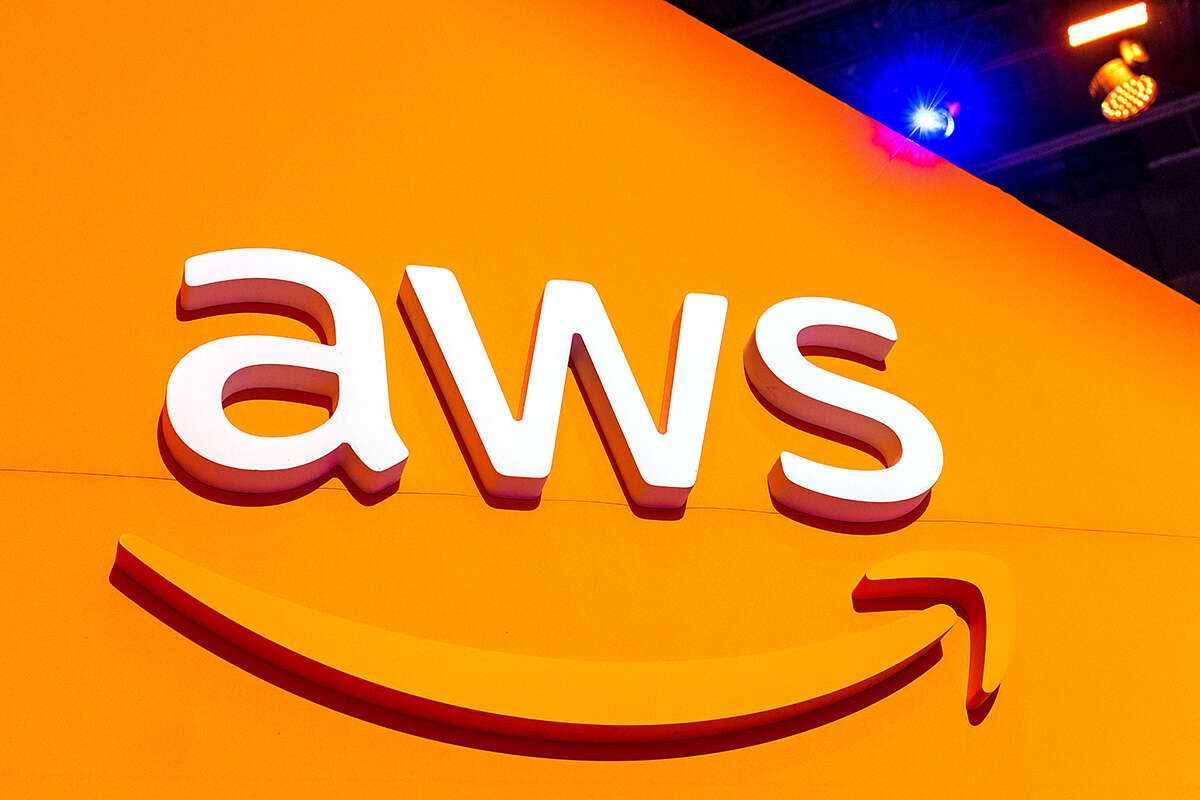
Despite continued growth, Amazon’s share of the hyperscale public cloud market is likely to shrink towards 50% as challengers Microsoft Azure and Google Cloud continue to chip away at the dominance of AWS, which is experiencing slower growth than its rivals.
AWS’s share of the public cloud market has dropped from 68% in 2018 to 56% in 2021, according to Andrew Bartels, VP and principal analyst at Forrester. The research firm expects this trend to continue, with Microsoft Azure heading to a 33% share, and Google Cloud towards 15%. “All three hyperscalers are growing at strong rates, but as their size grows their growth rates slow,” Bartels told Tech Monitor.
Last week in its quarterly earnings, AWS reported revenue of $14.81bn – 37% growth on the same quarter for 2020, which was severely impacted by the coronavirus pandemic, and 32% growth on the previous quarter in 2021. In its earnings, Microsoft reported revenue from its Azure cloud business grew 51% from the same quarter in 2020, which Bartels estimated as $7.92bn.
While Bartels estimates that AWS is trending towards half of the infrastructure-as-a-service and platform-as-a-Service public cloud market, and Microsoft a third, it is a stark turnaround from the cloud market in the middle of the last decade.
In 2014, Gartner reported Amazon's AWS cloud had five times the utilised capacity of its nearest 14 competitors combined. Such was its dominance and rate of growth, the following year the research firm said that the AWS lead had doubled to ten times as big as its 14 closest rivals.
'AWS was never a consideration'
AWS created the public cloud market as we know it today, but the established relationships that many organisations have with Microsoft have given the software giant the edge.
Greg Morley, CIO at UK construction company United Living, said that for many medium and large organisations that were not set up to move technology infrastructure and applications to the cloud in the mid-2010s, Microsoft was the obvious choice.
"We're not transitioning from AWS to Azure, but from our own private cloud to Azure," he told Tech Monitor. "It was a simple choice for us as we are predominantly a Microsoft house, and most of our tech partners work in the Microsoft ecosystem, so AWS was never a consideration.
"We've always been an exceptionally lean IT team, so we're very much dependent on the partnering model, and will complete the Azure move with a partner."
Will new AWS CEO impact public cloud market share?
In May 2021 Adam Selipsky took over as AWS CEO from Andy Jassy, who succeeded founder Jeff Bezos as Amazon CEO last month. Selipsky had been COO under Jassy up to 2016, before becoming CEO at data analytics company Tableau. Microsoft CEO Satya Nadella had been executive vice president of the company's cloud business before succeeding Steve Ballmer as chief executive in 2014 and is credited with spearheading much of the company's transformation
Forrester's Bartels however played down the impact current leaders could play in the public cloud space, which is much more settled than the nascent market which AWS completely dominated in 2015. "The CEO impacts on these patterns will be relatively minor," he said. "All three vendors have good growth momentum and an expanding portfolio of offerings."
Bartels expect the current ranking of the top three cloud providers by market share to remain for the foreseeable future. "But slowing of growth rates is inevitable; market shares are hard to shift; AWS will continue to have the largest market share. Azure will remain the number two vendor. Google as the smallest vendor will post faster growth and edge up its market share, but still will remain number three."
Home page image by Michael Vi/Shutterstock






